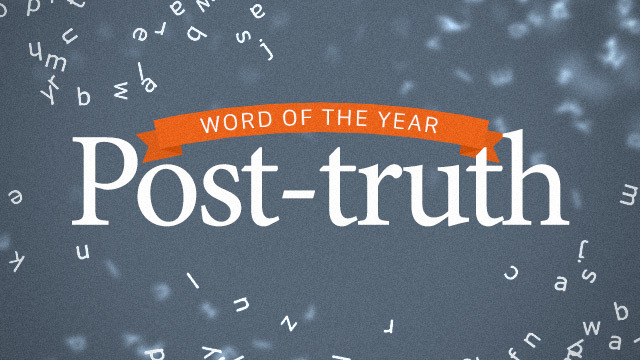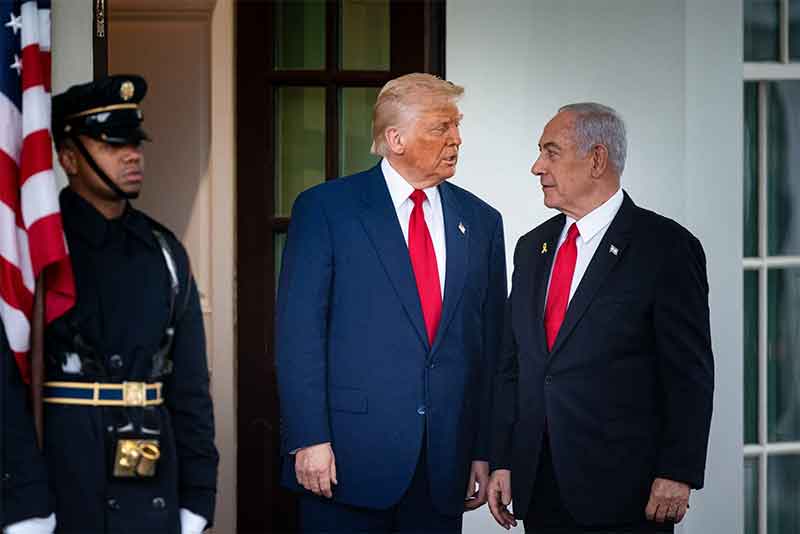
We are living in an age in which clandestine technologies exploit big data and social media, manipulating, polarizing and entrenching opinion. A climate has arisen where trust has evaporated, conspiracy theories thrive, the authority of the media has wilted away, emotions and bogus opinions matter more than facts. All this is the result of what the Serbian-American playwright Steve Tesich calls post-truth. He is credited to have coined this term in his 1992 essay published in ‘The Nation’. The word post-truth was declared by Oxford Dictionary as an international word of the year, 2016. Since then “post-truth” has become a ubiquitous buzzword, but what exactly post-truth means? In easy parlance, the post-truth era signifies a shift in focus from objective facts to emotions and personal beliefs when evaluating information. Oxford Dictionary defines post-truth as “relating to or denoting circumstances in which objective facts are less influential in shaping public opinion than appeals to emotion and personal belief.”
Facts, once the cornerstone of public discourse, are increasingly dismissed in favor of narratives that thrive on emotions and foolish sensationalism. In other words, post-truth era refers to a time when objective facts hold less weight in public discourse compared to emotions and personal beliefs. People are more likely to accept information that aligns with their existing views, even if it’s overtly false and bogus.
FACTORS RESPONSIBLE FOR POST-TRUTH
The phenomenon of post-truth is fueled by several factors. Some of the factors are explained as under:
- The rise of social media: The influx of social media has given a thriving flip to post-truth. Social media platforms, as we know, often prioritize sensational content and create echo chambers where users are exposed only to information that confirms their existing beliefs.
- The decline of trust in traditional institutions: Many people view established media outlets and governments with skepticism, making them more susceptible to fringe sources.
- The weaponization of information: Misinformation and “fake news” are deliberately created and disseminated to sow discord and manipulate public opinion.
- Rumour Mill: There is a certain section of people who are there to spread rumours about anythingand they plant and narrate the rumours in such a way that they are taken as truthful statements and thereby take the form of ultimate truth.
- Rise of Hyperreality: The ultra-modern technology has given birth to hyper-real world. In hyperreal world the boundary between real and hyperreal has blurred. Beneath the veneer of the reality of everything lies an unreal or what in modern terminology is called ‘deepfake image.’
- The recent rise of AI: The recent onslaught of Artificial Intelligence has given a futher flip to post-truth era.
Subscribe to Our Newsletter
Get the latest CounterCurrents updates delivered straight to your inbox.
STEPS TO NAVIGATE THE TROUBLED WATERS OF POST-TRUTH
The consequences of the post-truth era are far-reaching and debilitating. It erodes trust in institutions, hinders informed decision-making, and deepens societal divisions. So, how to navigate this complex and critical era; where it is difficult to tell between fake and factual, to differentiate between real and reel and to sift out truth from untruth? Here are some key steps:
- Media literacy: In order to survive in post-truth era it is important for an individual to develop critical thinking skills. Learn to identify reliable sources, fact-check information, and be wary of emotionally charged language.
- Support for quality journalism: Seek out credible news outlets that prioritize investigative reporting and fact-checking.
- Open Dialogue: Engage in respectful conversations with people who hold differing viewpoints.
- Be Inquisitive and Skeptical: A healthy dose of skepticism is good. Ask yourself: Why is this being presented this way?
- Do not be lead by your emotions: Be aware of how you’re being persuaded. Is it through facts or playing on your emotions?
- Evidence Matters: Look for evidence to support claims. Don’t be swayed by anecdotes or personal opinions.
The post-truth era presents a significantly daunting challenge for all of us, but the challenge is not impregnable. By developing media literacy, supporting quality journalism, by being skeptical, being emotionally strong and fostering open dialogue, we can work towards a more informed and truth-based society and emerge victorious in sifting out truth from untruth and to tell real from the reel.
Dr.Bilal Ahmad Dar is a lecturer. He has done Mphil and Phd in English from AMU. He can be mailed at: [email protected]













































